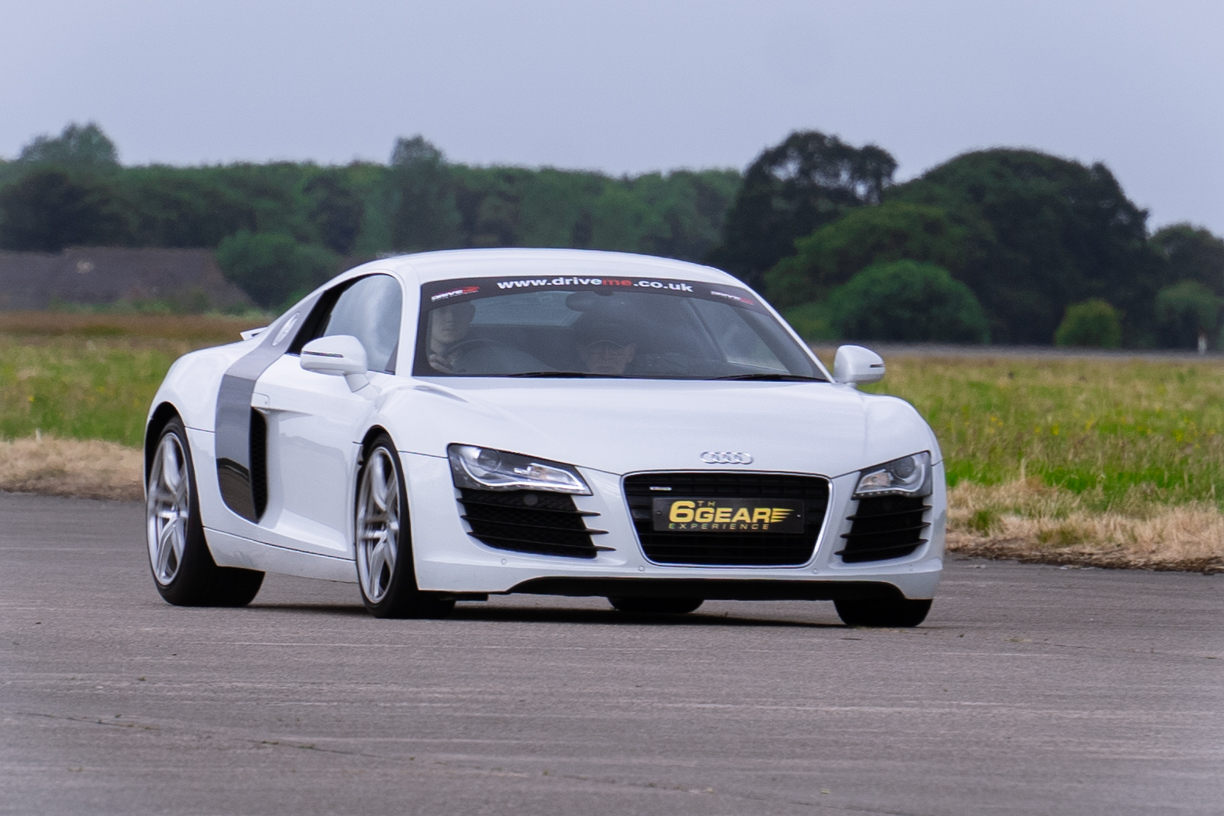
Dunsfold Park
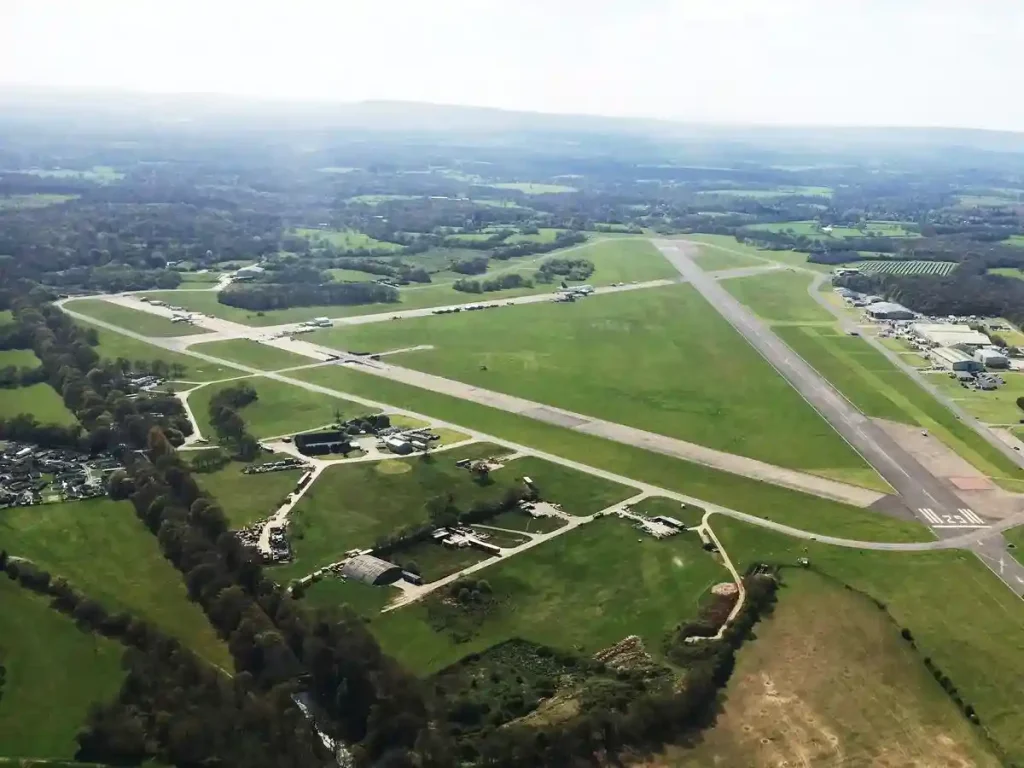
Dunsfold Park Track Layout & Length
Dunsfold Park, also known as the Top Gear test track, is located near the village of Dunsfold in Surrey, England. This track is famous for being featured on the BBC television show “Top Gear,” where it is used for the show’s “Power Laps” segment and various car tests and challenges. If you love cars and want to test your skills on the Top Gear test track, then a Dunsfold Park driving experience is not to be missed.
Track Layout and Length:
- Length: The primary track configuration measures approximately 1.75 miles (2.82 kilometers) in length.
- Design: The track was designed by Lotus Cars and features a mix of fast straights, tight corners, and technical sections. It includes iconic segments like the Hammerhead, Chicago, and Gambon corners
Upcoming events
No upcoming events!Dunsfold Park Location
Dunsfold Park, renowned as the test track for the BBC’s Top Gear, is located in the picturesque county of Surrey, England. The circuit is specifically situated within the Dunsfold Aerodrome, a former World War II airfield. This unique setting provides a distinctive backdrop for the track’s varied and challenging layout.
Detailed Address:
Dunsfold Park,
Stovolds Hill,
Cranleigh,
Surrey,
GU6 8TB,
United Kingdom
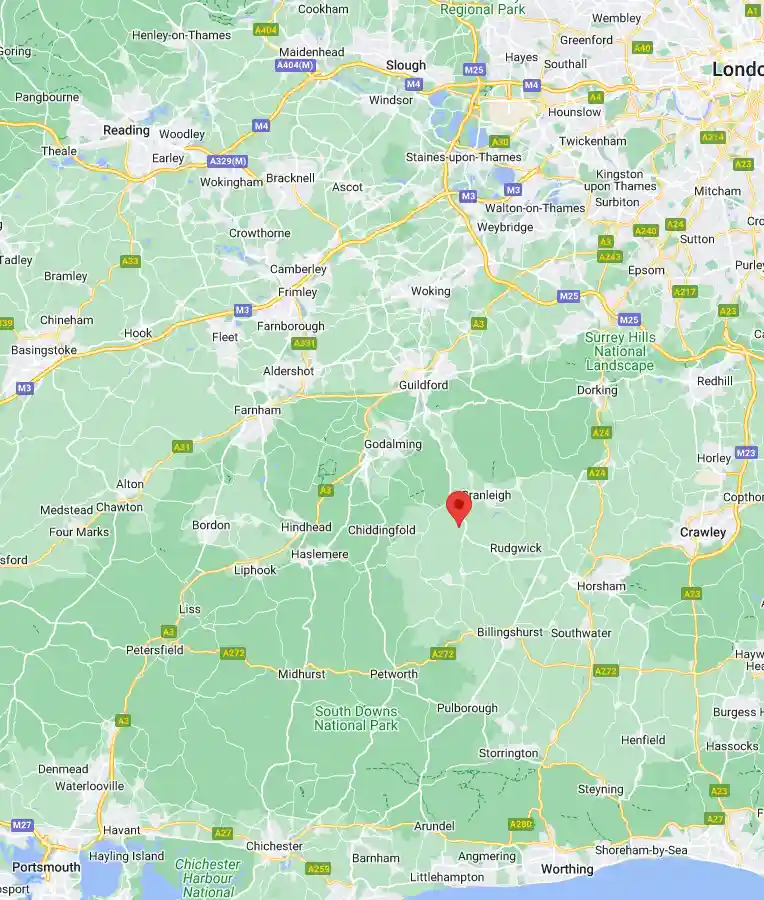

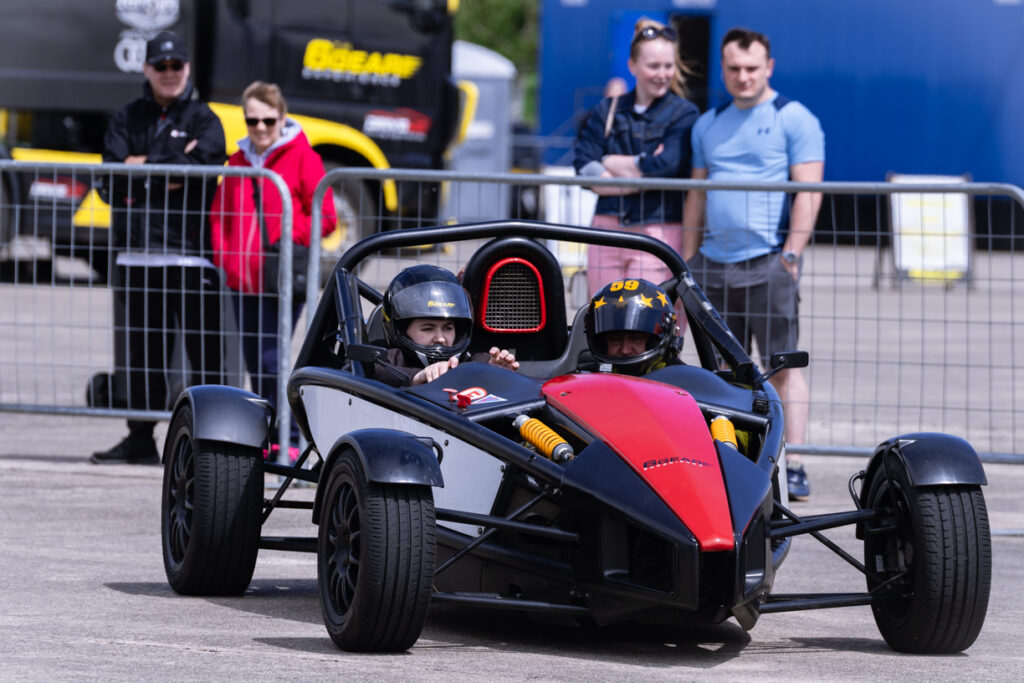
Skill Requirements At Dunsfold Park
Driving at Dunsfold Park, the famous Top Gear test track, demands a combination of technical skill and adaptability due to its varied layout. Here are the key skill requirements:
Precision and Control:
- Technical Corners: The track features several tight corners such as Hammerhead and Chicago. Navigating these requires precise steering and throttle control to maintain speed without losing grip.
Braking Technique:
- Heavy Braking Zones: Sections like the approach to Gambon require effective braking techniques. Drivers must know when and how much to brake to safely and swiftly navigate these corners.
Speed Management:
- Fast Straights: The mix of fast straights and tight corners means drivers must be adept at managing their speed, accelerating smoothly out of corners, and braking efficiently into the next turn.
Adaptability:
- Variable Conditions: The track’s different configurations, including a skid pan and gravel traps, test a driver’s ability to adapt to varying driving conditions and surfaces.
Mastering Dunsfold Park requires a well-rounded skill set that combines precision driving, effective braking, and adaptability to different track features. This makes it an ideal venue for both professional testing and thrilling driving experiences.
Spectator Facilities at Dunsfold Park
Dunsfold Park, home of the Top Gear test track, offers a variety of spectator facilities to enhance the viewing experience for motorsport fans.
Viewing Areas:
- Open Viewing Spaces: There are several open areas where spectators can watch the racing action. These spaces offer a good view of the track, especially around key corners and straights.
- Covered Areas: There are some covered spectator areas, particularly in the pit lane, providing shelter from the elements and a close-up view of the vehicles and activities.
Amenities:
- Toilets: Portable toilets are available for spectator use. They are accessible but involve a few steps.
- Food and Drink: Catering options include a burger van and some outdoor seating, offering snacks and meals to keep spectators refreshed throughout the events.
Accessibility:
- Drive-in Viewing: Spectators can drive their own vehicles to designated viewing areas, making it convenient and comfortable to watch the events from their own cars.
Special Features:
- Family-Friendly: The venue is suitable for family visits, with various driving experiences and attractions that cater to younger audiences as well.
These facilities ensure that visitors to Dunsfold Park can enjoy a comfortable and enjoyable experience while watching the exciting driving events.

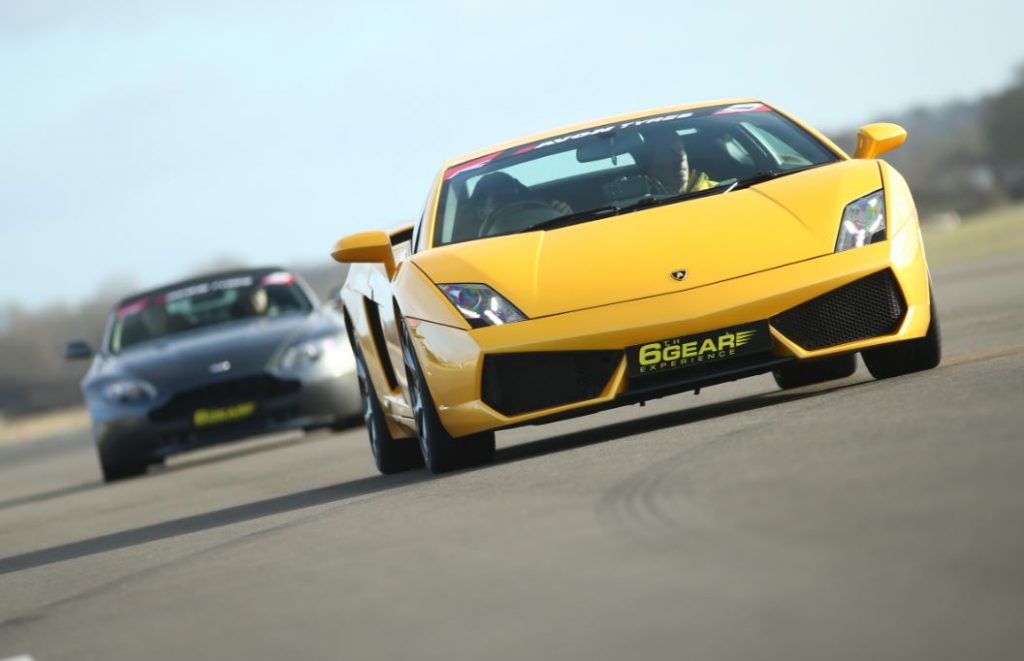
History Of Dunsfold Park
Characteristics of Dunsfold Park
Dunsfold Park, famously known as the Top Gear test track, features several distinctive characteristics that make it a unique and challenging circuit:
Length and Layout:
- Track Length: The main circuit measures approximately 1.75 miles (2.82 kilometers).
- Design: The track was designed by Lotus Cars engineers and features a mix of fast straights, tight corners, and technical sections, providing a comprehensive test for both car performance and driver skill.
Key Sections:
- Hammerhead:
- A tight hairpin turn that tests a driver’s braking and cornering skills. It’s one of the most recognizable corners on the track, requiring precision to navigate effectively.
- Chicago:
- Another tight corner that demands careful handling and throttle control. It’s crucial for maintaining speed through the turn without losing traction.
- Follow Through:
- A high-speed section where drivers must balance speed and control, showcasing the vehicle’s aerodynamic and handling capabilities.
- Gambon:
- Named after actor Michael Gambon, this final corner before the main straight requires a smooth exit to maximize speed on the straightaway.
Surface and Conditions:
- Surface: The track is primarily composed of smooth tarmac, providing consistent grip levels throughout. However, weather conditions can significantly impact the surface, adding an extra layer of challenge.
- Runways and Taxiways: The track utilizes parts of the old aerodrome’s runways and taxiways, incorporating their width and layout into the circuit design.
Multi-Configuration:
- Skid Pan and Gravel Trap: The track also includes a skid pan and gravel trap for additional driving experiences, allowing for varied testing and training scenarios.
Driving Experiences:
- Versatility: The track is used for a variety of driving experiences, including supercar drives, corporate events, and filming for TV shows like Top Gear. Its design allows for both high-speed testing and technical driving challenges.
Overall, Dunsfold Park’s combination of fast straights, technical corners, and varied configurations make it a comprehensive and demanding track for both professional testing and public driving experiences.
